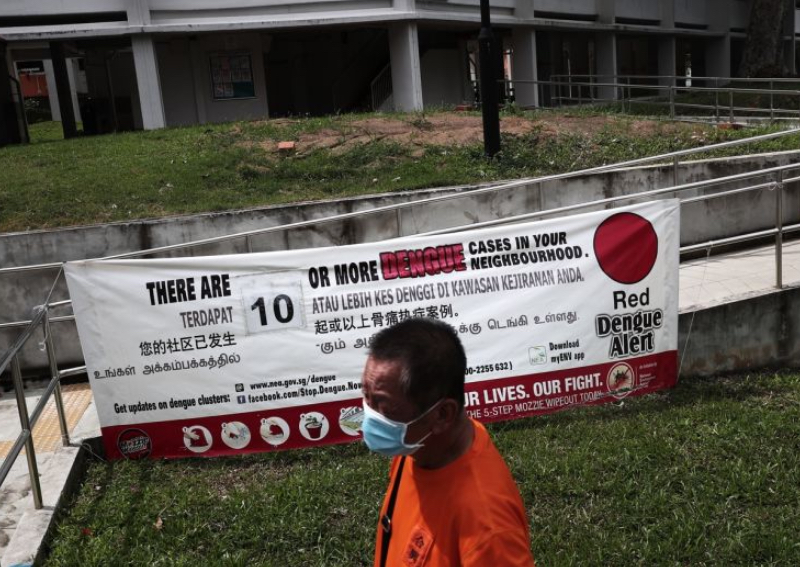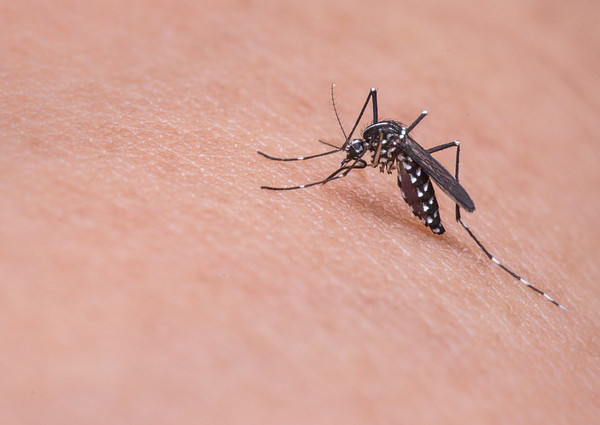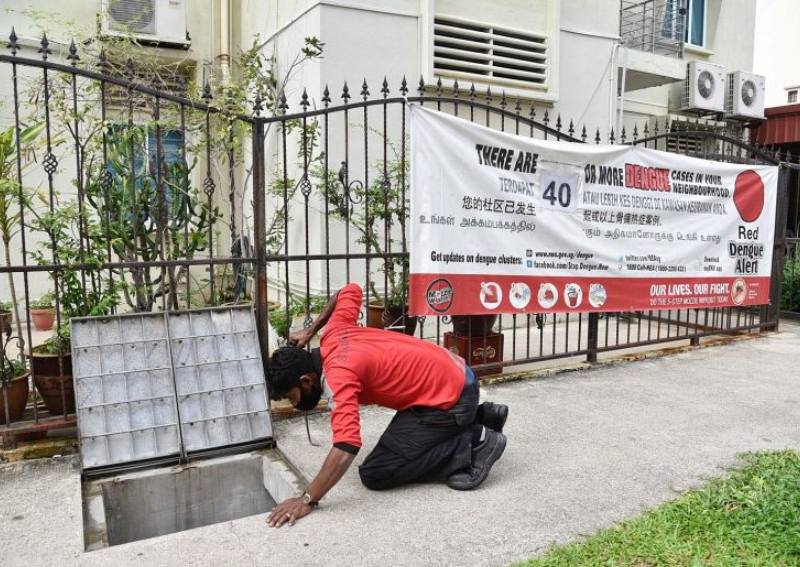Dengue fever: How to spot symptoms, prevention, diagnosis and treatment


An onslaught of dengue fever cases amid the pandemic is like a double whammy for Singaporeans.
With rapidly rising cases, the authorities are fighting tooth and nail to control the causes.
With precautional measures and controlled dengue fever symptoms, Singapore is ready to tackle the problem at the earliest.
The National Environment Agency (NEA) is implementing strict rules to control the spread of the disease.
The NEA survey found 205 active dengue clusters more than a fortnight ago. This number has risen to 334 clusters by July 1.
The areas that need immediate action and have been issued notice include Woodleigh Close, Aljunied Road, Geylang Road, Bukit Panjang Ring Road, Leicester Road, Bournemouth Road, Brighton Crescent and Arnasalam Chetty Road.
Most of these clusters have reported a quick rise in cases. Egregious mosquito breeding is the reason.
NEA inspections continue to find mosquito breeding spaces within residential estates. NEA has inspected almost 6900 premises all over the island.
Some of the spaces where mosquito breeding was found are:
NEA is planning to issue legal notices to the offending residents or groups and also impose a fine for non-compliance.
Don’t wait for NEA to take action. Don’t wait to face dengue fever symptoms Singapore is already battling.
As a responsible citizen, you can take care of a few things yourself.

The five-step Mozzie wipe-out routine set up by NEA takes only a quick 10 minutes. If you follow these steps at the scheduled time, you will keep your homes mosquito-free.
Along with the above five steps,
Since Aedes mosquito, the vector for dengue fever, bites during daytime, use insect repellent creams and lotions on the exposed parts of the body. Also, use insecticide spray in the corners of your house.

When an infected female Aedes mosquito bites you, the dengue virus transmitted to your body gives you dengue fever.
Since Aedes mosquito is very common in Singapore, this issue remains a constant problem.
Dengue fever is of two types and two levels of severity according to 2009 WHO recommendations.
If you or anybody you know gets bitten by mosquitoes, look out for the following symptoms.
Signs that the disease is increasing in severity are:
Rates of a complete cure are good in the milder version of dengue fever.
Once contracted, your high temperature will continue for at least seven days. Recuperation and recovery can take up to a month.

Considering the dengue fever symptoms Singapore citizens face, the sooner you visit a doctor, the better.
According to the Mayo Clinic, early intervention will cure dengue patients completely.
Since your dengue fever will be confirmed by blood tests, chest x-ray, blood pressure and other checks by the doctor, an early visit is advisable.
Reach out to your doctor if you have nosebleeds, clammy skin, bruising under the skin, severe body or abdominal pain, restlessness and sudden drop in blood pressure.
Initial treatment is blood pressure monitoring, nursing observation and OTC drugs to control pain. Beyond that, you may need IV fluids, electrolyte therapy, oxygen therapy and blood transfusion.
Other than visiting your doctor, for a mild case of dengue fever, there is dengue fever treatment at home. Take adequate rest and lots of fluids.
Painkillers with acetaminophen are the right medicine as against aspirin, ibuprofen etc. since they cause bleeding issues. Keep tab of your recent activities and medicines and vitamins to inform the doctor.
Remember, there is no vaccination against dengue fever. Thus, precaution and timely remedies are the two lifesavers.
This article was first published in theAsianparent.